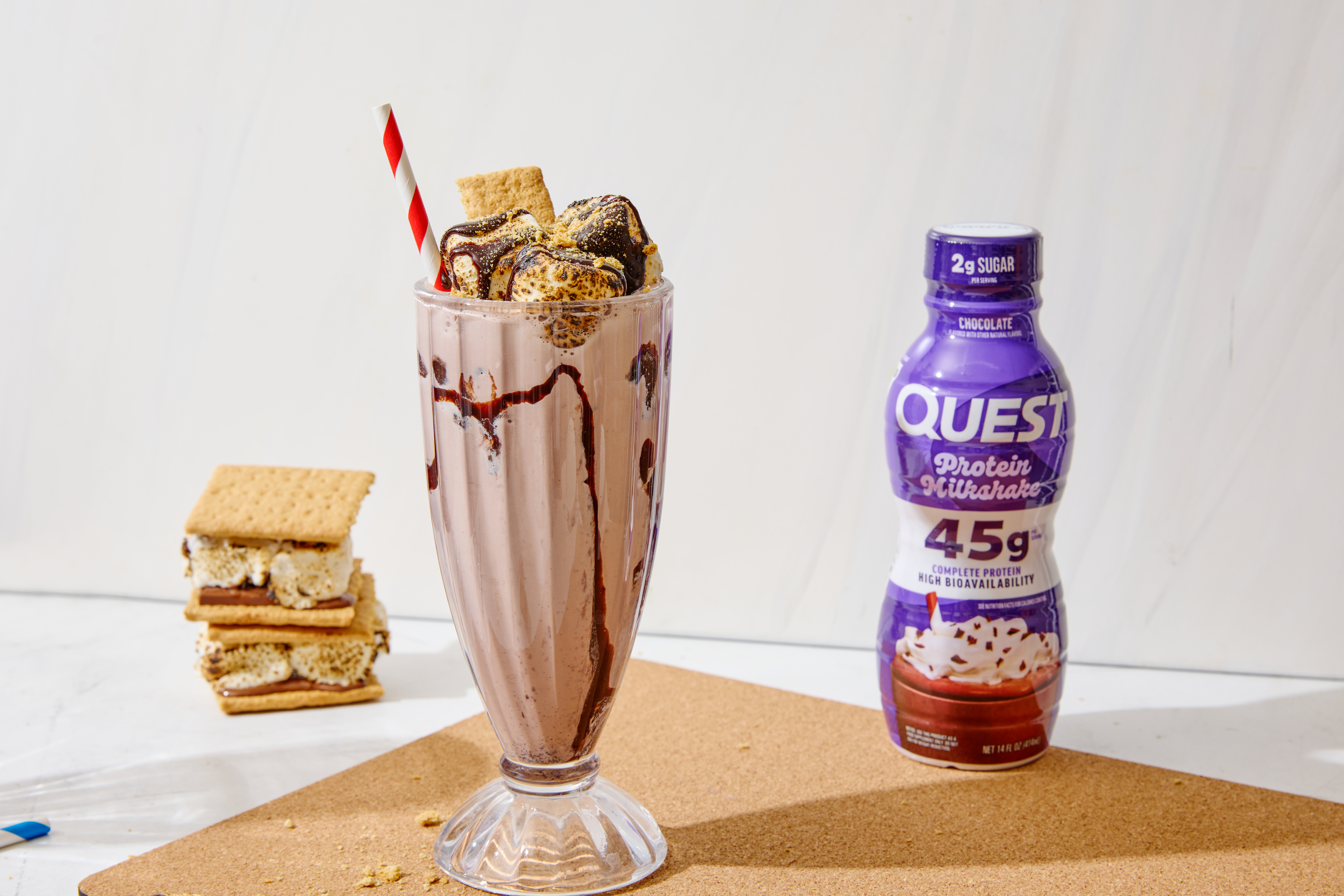“Camouflaged” Skin Care Is The New Frontier For Sensitive & Aging Skin
People rarely identify with just one skin type.

If you have sensitive skin, your routine likely consists of gentle, simple, strictly nourishing products. Perhaps your skin flinches at the very mention of AHAs, like glycolic acid. And retinoids? Forget it. Best to baby the skin barrier with high-quality hydrators—or, if you can tolerate them, very low concentrations of acids.
But people rarely identify with just one skin type. For example, what if you’re both sensitive and acne-prone? Or what if you want to target aging concerns, like fine lines? Oftentimes, a lower concentration just won’t cut it, so people with sensitivities are left with a common dilemma: Stick to the blandest formulations or dabble in more potent actives and potentially anger your skin.
It’s a frustrating situation, but what if we told you that you can achieve your skin care goals without messing with your barrier? Introducing, “camouflaged” actives.
What are “camouflaged” actives?
Those with sensitive skin come across heavy-duty actives—like glycolic acid, salicylic acid, or even vitamin C—and immediately sprint in the other direction. However, some formulas also include a bevy of hydrating and soothing buffers, which essentially “camouflages” those actives so they effectively fly under the radar. That way, they’re able to do their work without fear of irritation.
“We don’t want people to feel left out of the beauty experience just because they have sensitive skin,” says board-certified allergist and immunologist Anjuli Mehrotra, M.D., founder of sans-allergenic skin care line, Evme. After all, many people have multiple skin types and concerns: Someone with sensitive skin may also struggle with breakouts or wish to ease fine lines. If the concentration of an active is too low, it might not procure results.
“As someone with eczema and very sensitive skin, this has always been a struggle for me,” notes celebrity esthetician Alicia Yoon, founder of Peach & Lily. “I want to use potent actives at higher concentrations so that I can see visible results for my skin like firming, brightening and refining texture. However, when I do use active ingredients, especially in higher concentrations, my skin can't handle them. So for me, and I think for a lot of people who have sensitive skin, a dream would be to be able to use potent active ingredients while ensuring the formula overall is still gentle enough for sensitive skin.”
Now, that dream is very much alive: With new innovations and evolving technologies, brands are able to balance potentially irritating actives and improve their tolerability. So those with sensitive and aging skin (for example) can safely address both concerns.
The thing is, you might already camouflage your actives without even knowing it. Say, if you’re sensitive to retinoids, perhaps you’ve tried the “moisture sandwich” method, where you apply the product in between layers of moisturizers to buffer its potency. Camouflaged actives follow a similar beat—they’re just already sandwiched in the formula itself.
And again, the actives themselves aren’t diluted. They’re still potent enough to deliver desired end results (smoothing skin texture, softening fine lines, busting breakouts, etc.), but the accompanying tidal wave of hydration soothes the skin at the same time. Peach & Lily’s Super Reboot Resurfacing Mask, for example, includes a whooping 10% of glycolic acid and 0.5% salicylic acid, and the formula has an acidic pH of around 3.6 to help keep those acids active. “Traditionally, all of this would mean that those with sensitive skin should steer clear,” Yoon notes. But because it also folds in players like allantoin, green tea, cica, chamomile, turmeric, blue agave, panthenol and aloe, the result is also gentle and non-irritating.
Similarly, Eighth’s Day’s Resurfacing Tonic includes high concentrations of lactic acid and glycolic acid (in fact, it’s described as a “chemical peel in a bottle”), yet it’s made with sensitive skin in mind. “I spent five years and created over 20 versions of the product to professionally balance the ingredients in the formula,” says founder, board-certified dermatologist, and dermatologic surgeon Antony Nakhla, who managed to secure the perfect harmony of aloe leaf and cucumber extracts to help soothe and calm the skin.
At this point, you’re probably thinking: If camouflaging is so effective, why haven’t brands done this in the past? Well, buffering actives and making sure they stay stabilized is an incredibly delicate dance, and until recently, not many labs were up for the challenge. Plus, “Those with sensitive skin are often told not to use any sort of ‘harsh’ products and become fearful of them,” says Nakhla.
As a result, most sensitive skin formulas solely focus on hydration and skin barrier support—which is important, no doubt, but sensitive skin is not a one size fits all category. “Many people can tolerate varying amounts of actives,” Nakhla says. Sensitivity is a spectrum; the more we understand the many intricacies, the more elevated these products become.
At the end of the day, it’s important to understand your skin. Some people can’t handle more intense actives and should definitely stick to lower concentrations—but with this new class of “camouflaged” formulas, many people can see glowing results without compromising their skin’s health. A win-win for sensitive skin.

 Astrong
Astrong 
































